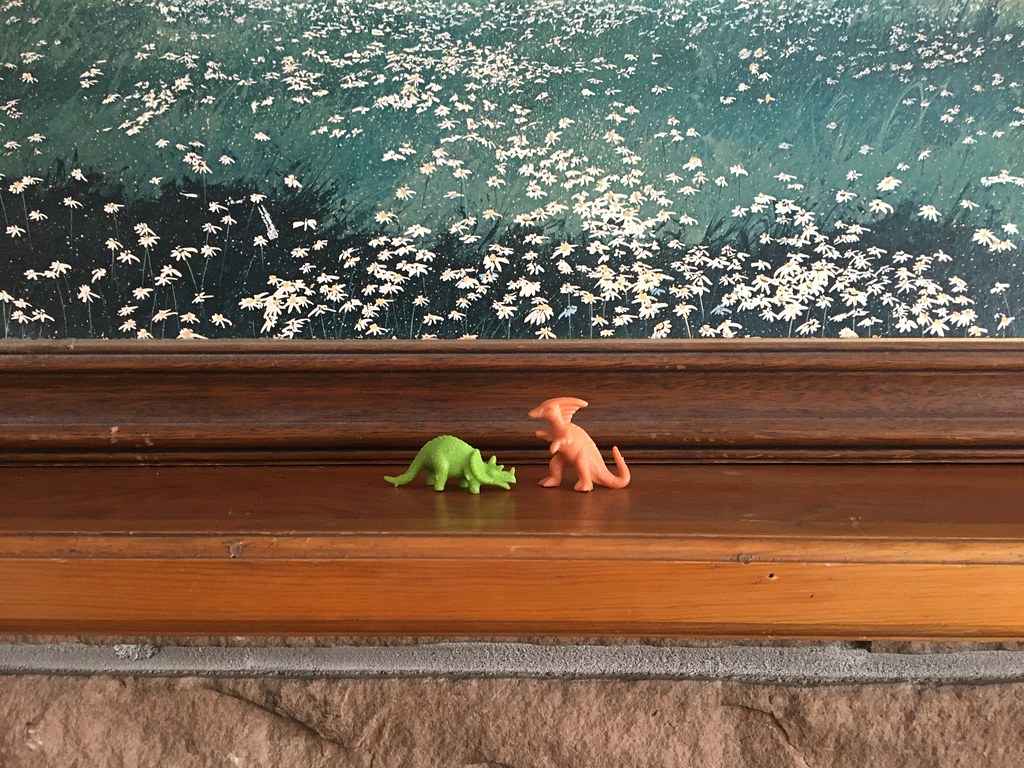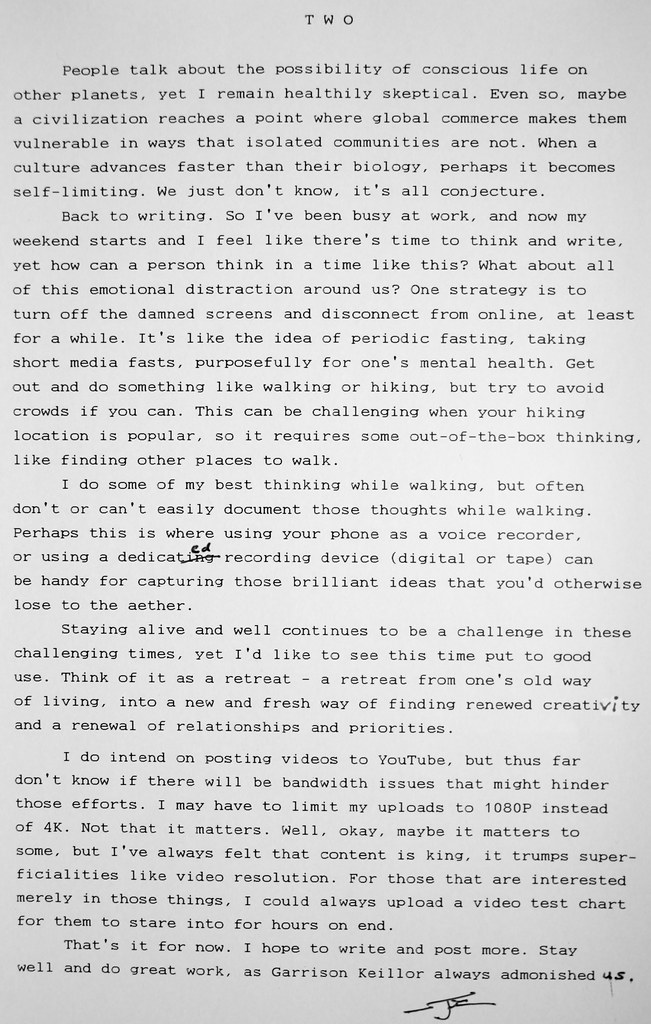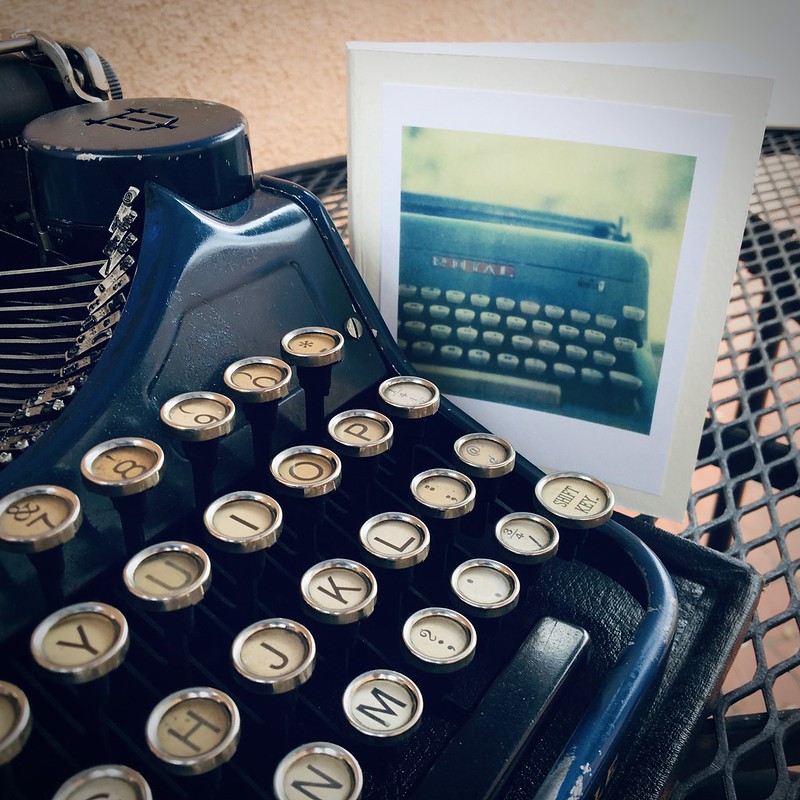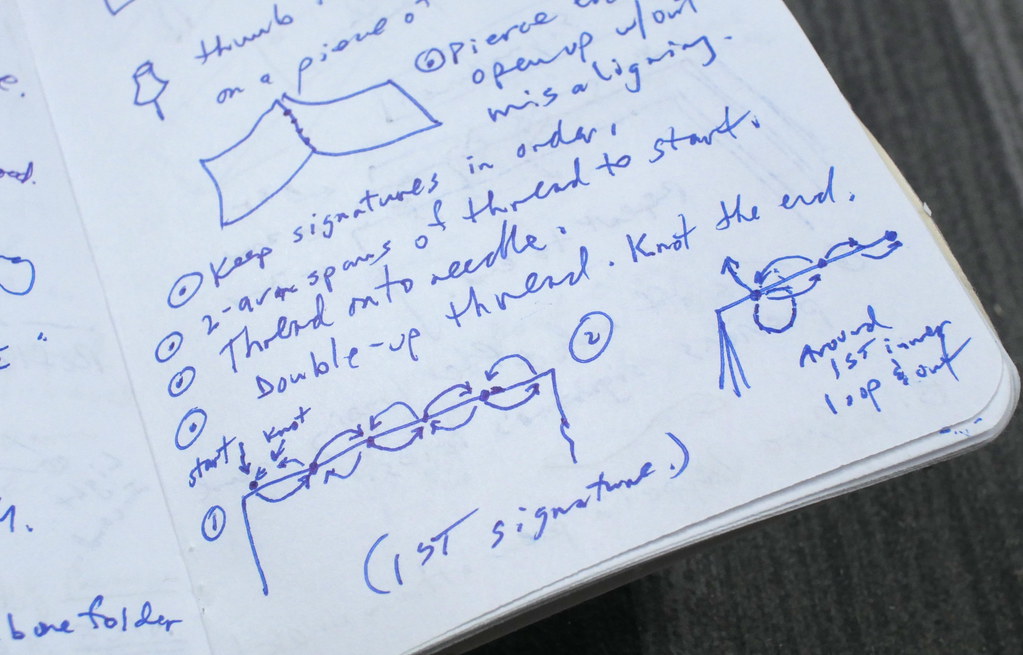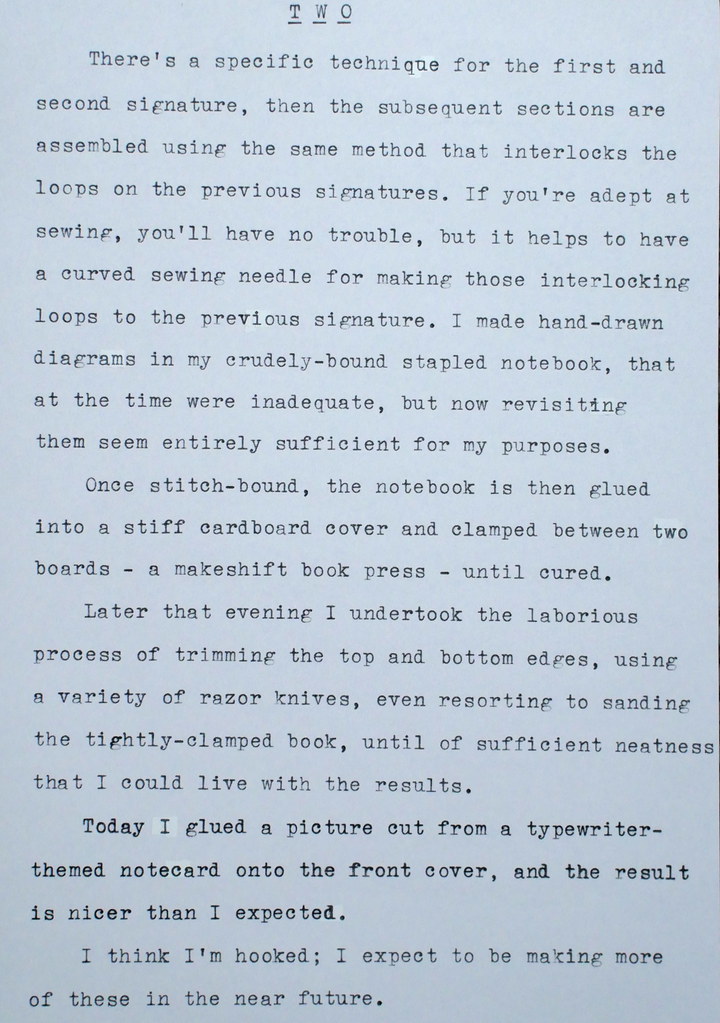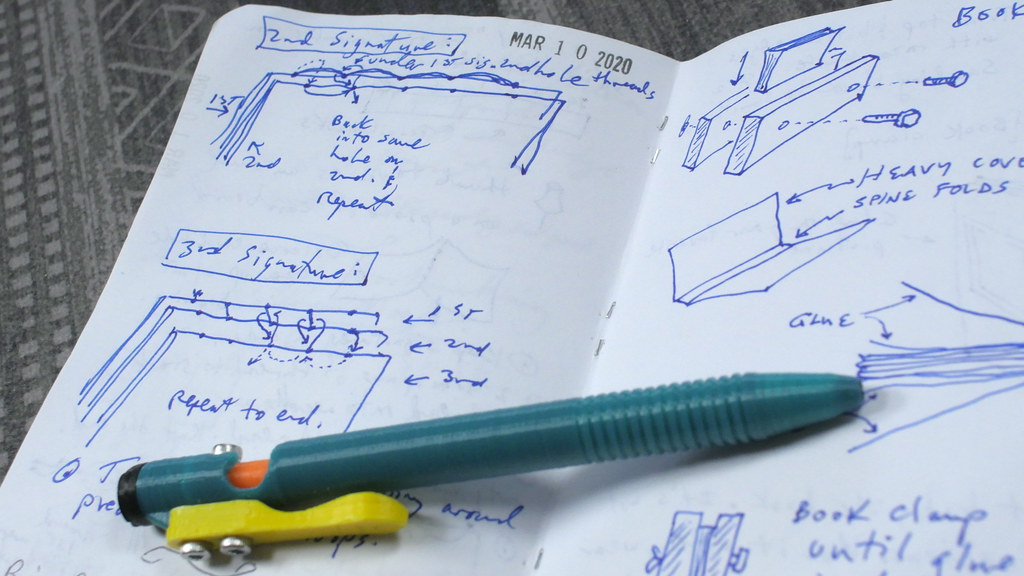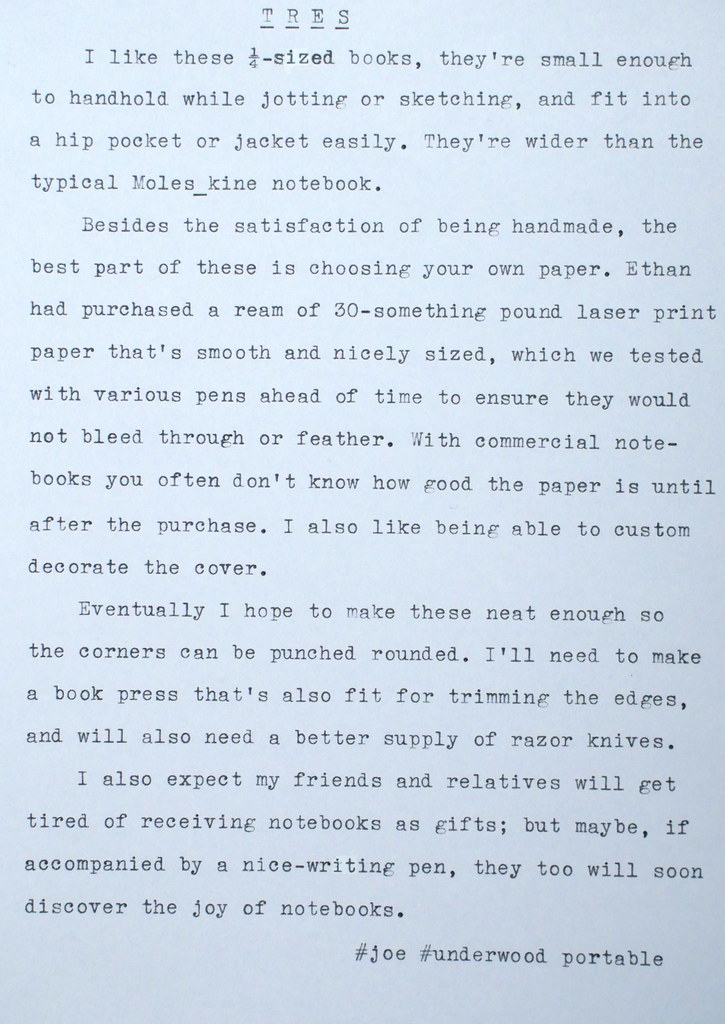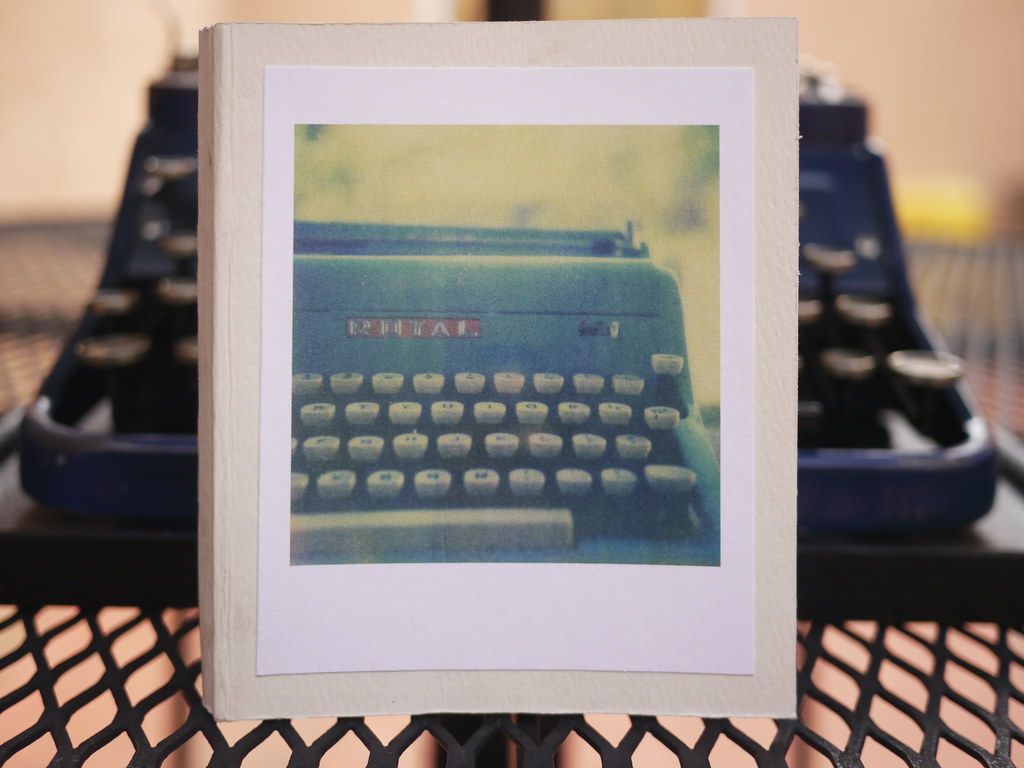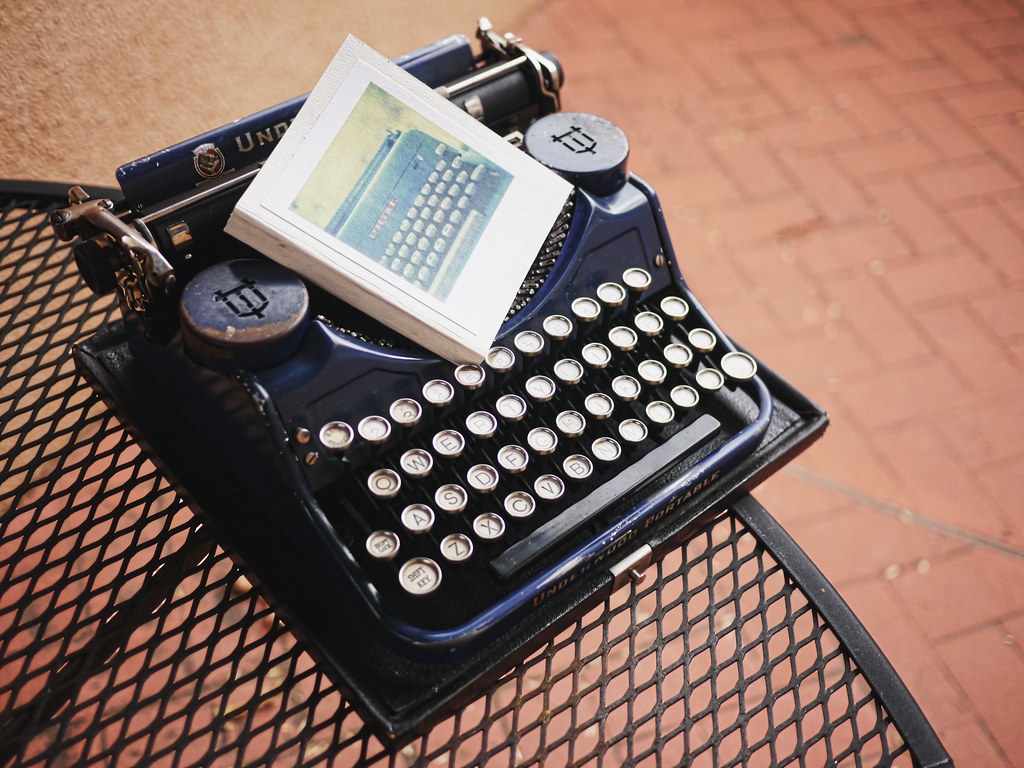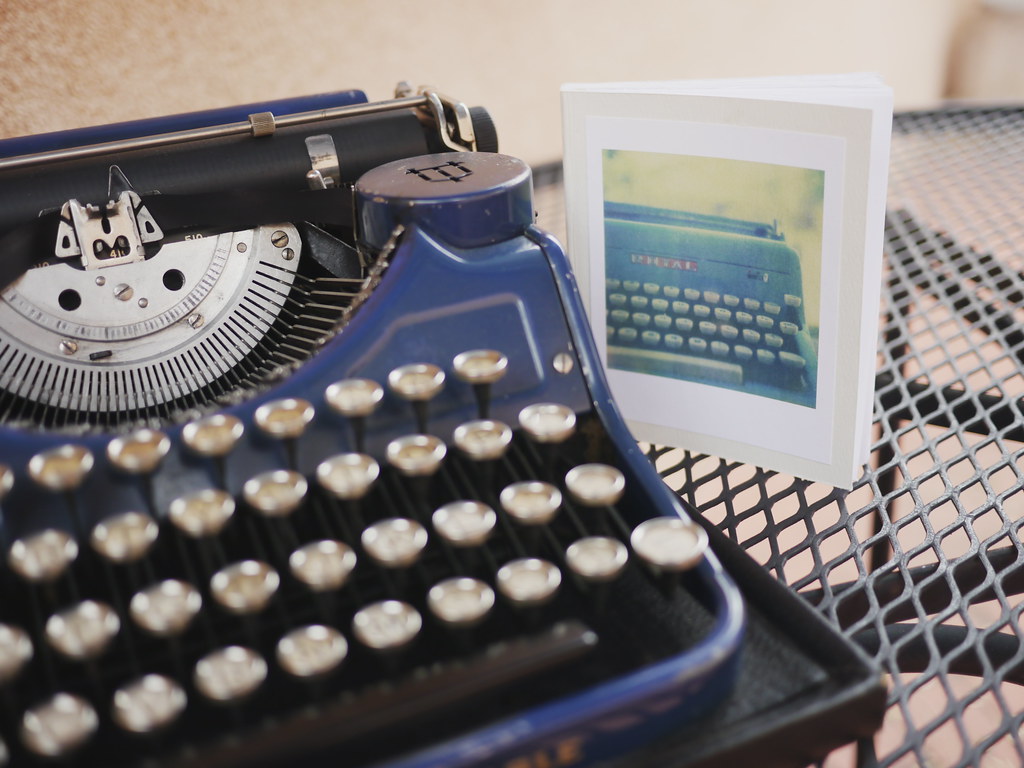Thermal Correcting Chads?

(Click to embiggen)
After using a number of thermal typewriters, even the ones with convenient editing features and an LCD, eventually I make typographical errors. The first few times this happened I by habit reached for the correction tape dispenser, rolled over the error and discovered that correction tape isn't thermally sensitive. Duh!
Since then, whenever I find a typo with a thermal machine I'll cover it with correction tape and hand-write the correct character in its place at a later time. It helps to use a black pen of the appropriate line weight, so as to match closely the original thermal printing. This method has stood me in good stead, but the thought still nagged at the back of my mind, wouldn't it be nice if someone made thermally-sensitive correction tape?
Recently I watch a video by Gregory of The Poor Typist YouTube channel, where he reviewed a Brother EP-5 thermal machine. This looks like one of the later thermal machines Brother made, and lacks an LCD entirely. It also functions more like a standard typewriter, in the sense that it has a correction feature, along with the now out-of-date ribbon cartridges that print thermally onto regular paper. It got me thinking that with this machine Brother was trying hard to entirely conceal the thermal nature of the machine. Of course, all thermal typewriters originally used cartridges for transferring the printing onto regular paper, but some of them did mention in the owners manual that thermal paper could be used as an option.
Since I've lately been embracing a sketch book for documenting ideas, even before I'd finished watching Gregory's video I already had ideas in mind for how one might make thermal correction tape. The latest idea is documented in the wild sketch seen at the top. I tried it out today and it does work, though the method is more fiddly than the convenience of roll-on correction cartridges.
First, cut a piece of wax paper, the kind you may find in your kitchen drawer, several inches long. Then you'll need a roll of Scotch-brand double-sided adhesive tape. Mine comes in a yellow-colored dispenser. Tear off a few inches and tape it down to the middle of the wax paper.
Next, cut a piece of thermal printing paper the same size as the double-sided tape, and fix it to the tape, thermal printing side up. Neatness counts. You can tell which side is thermally sensitive by applying pressure from a sharp object, the thermal side will make a faint gray mark.
Now trim the wax paper down so it's the same length as the thermal strip, but twice or more as wide. You'll have a rectangle of wax paper where one half is covered by the thermal paper and the other bare wax paper.
You can either use it like this, or go ahead and cut the paper into letter-width pieces and store them in a handy container, like a 35mm film canister. Each piece (or chad) will be a little rectangle of wax paper, with roughly half of it covered in thermal paper.
To use these thermal correction chads you first need to figure out how to advance the paper in your thermal typewriter by even amounts so you can raise the errant typing up to the paper table on your machine, to gain easy access for applying the correction chad. Most thermal machines have paper up/down buttons that move the paper in 1/2 line increments. Other machines may have a ratcheting platen knob that also moves the paper 1/2 line at a time. Make sure you count how many vertical steps you've made, so you can return the line to the printing position.
Then use a thin, sharp tool like a small knife blade and carefully peel the chad off the wax paper backing and apply it over the errant character, then press into place. It'll look like the makings of a ransom note!
Then return the paper to its previous line position via the paper down buttons or ratcheting platen knob. Make sure you remembered how many half-line increments to move it. On the two machines I tested (the Canon Typestar 4 and the Brother EP-43) I had to move the paper about 7 half-lines to get the error to a convenient position.
If you've been typing in auto-carriage return or line-by-line mode, you'll want to switch the mode to the character-by-character mode, so you can move the print position back to the chad and make your correction. You may have to refer to the owners manual (if you have one) on how to do this, as it varies with models and brands.

In the above example, I've covered a letter and overtyped it thermally. You can see I didn't place the chad exactly square, so I had to retype its neighboring letter again.
If you keep the entire strip of correction paper intact, you can cut out larger sizes to cover up entire words, but you'll need to remember to bring scissors with you. This indeed begins to look like a ransom note after all!
If you have any other ideas to improve this method, I'd love to hear them. Just leave a comment below - if Blogger permits it, that is!
Happy thermal correcting!
Labels: thermal correcting, thermal paper, thermal typewriters
